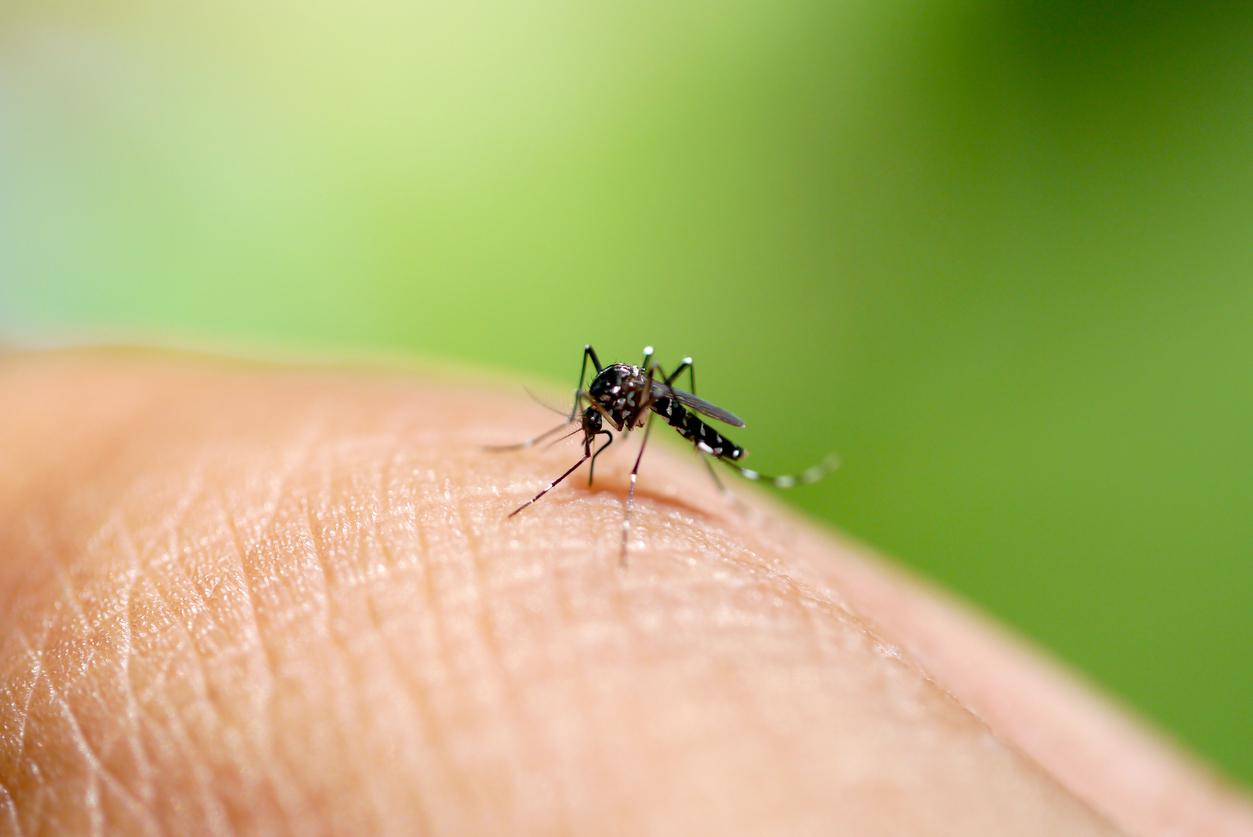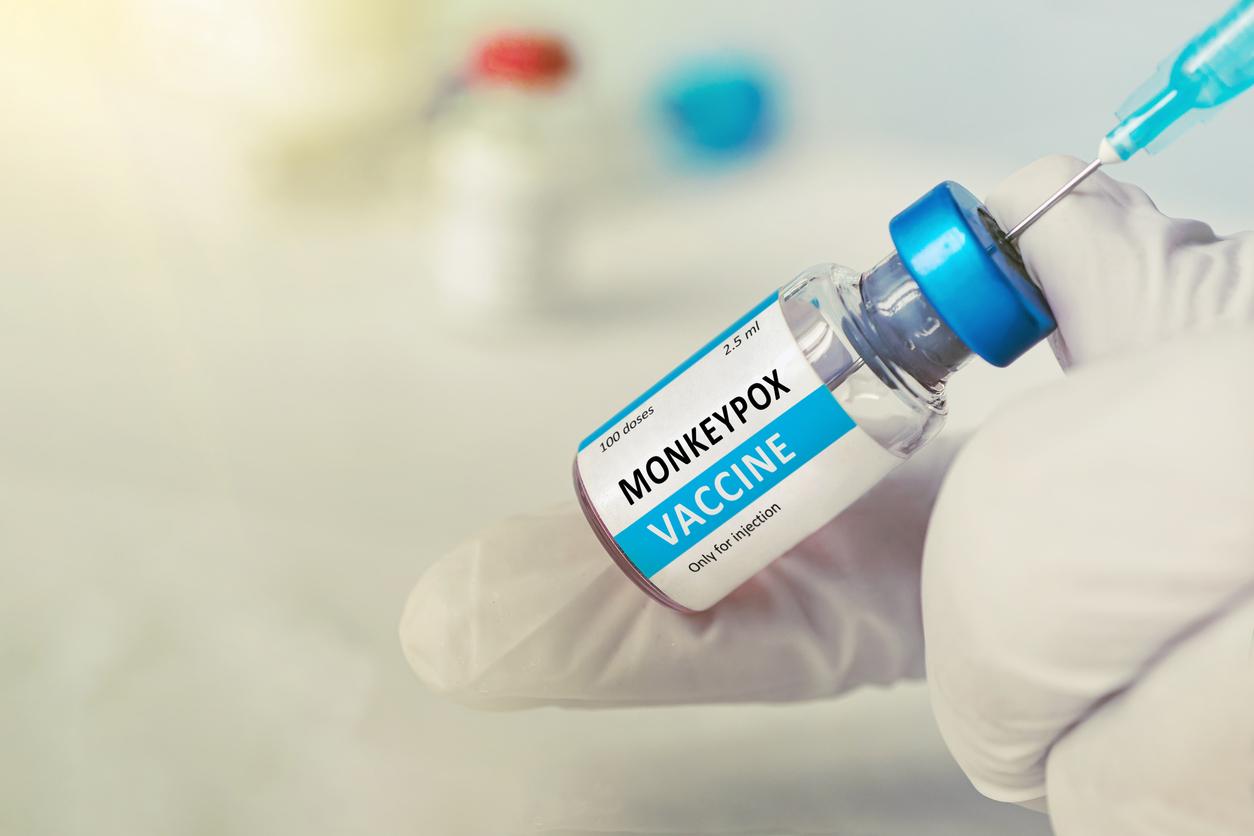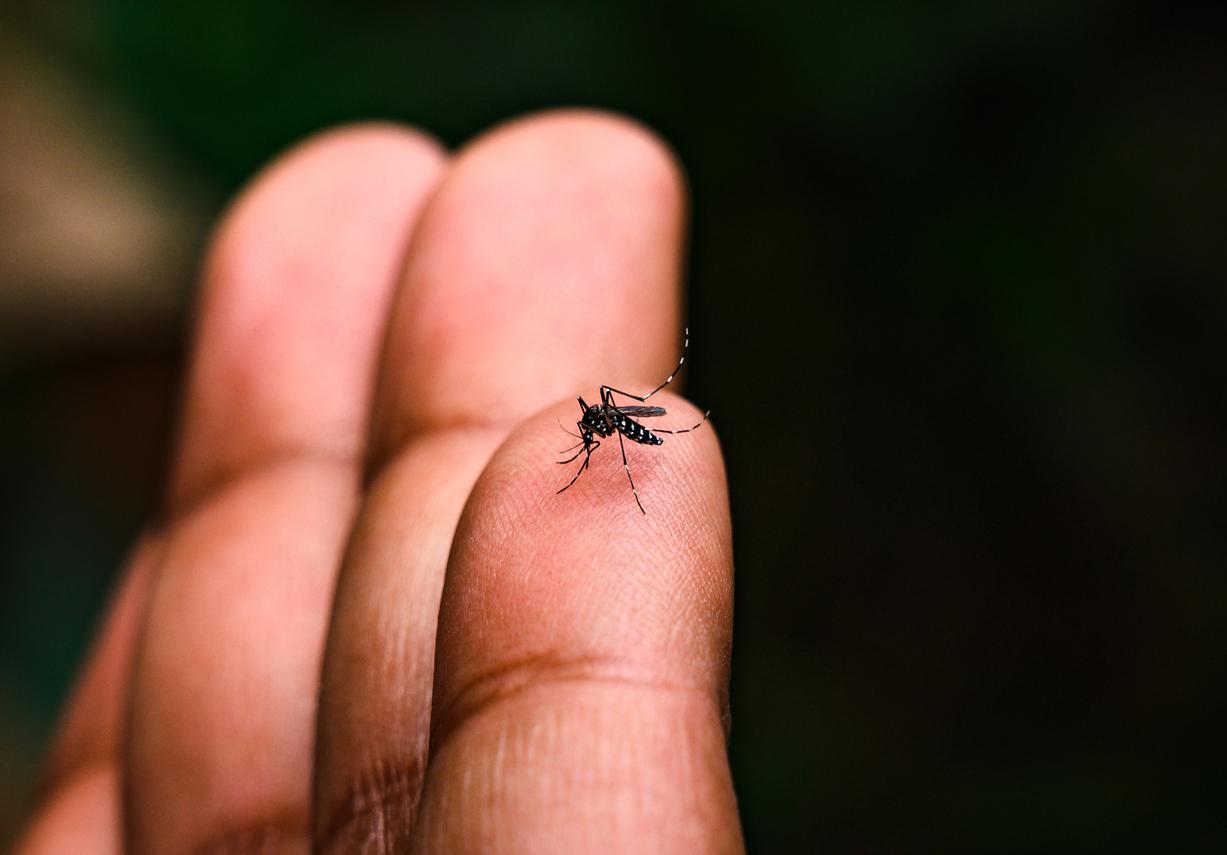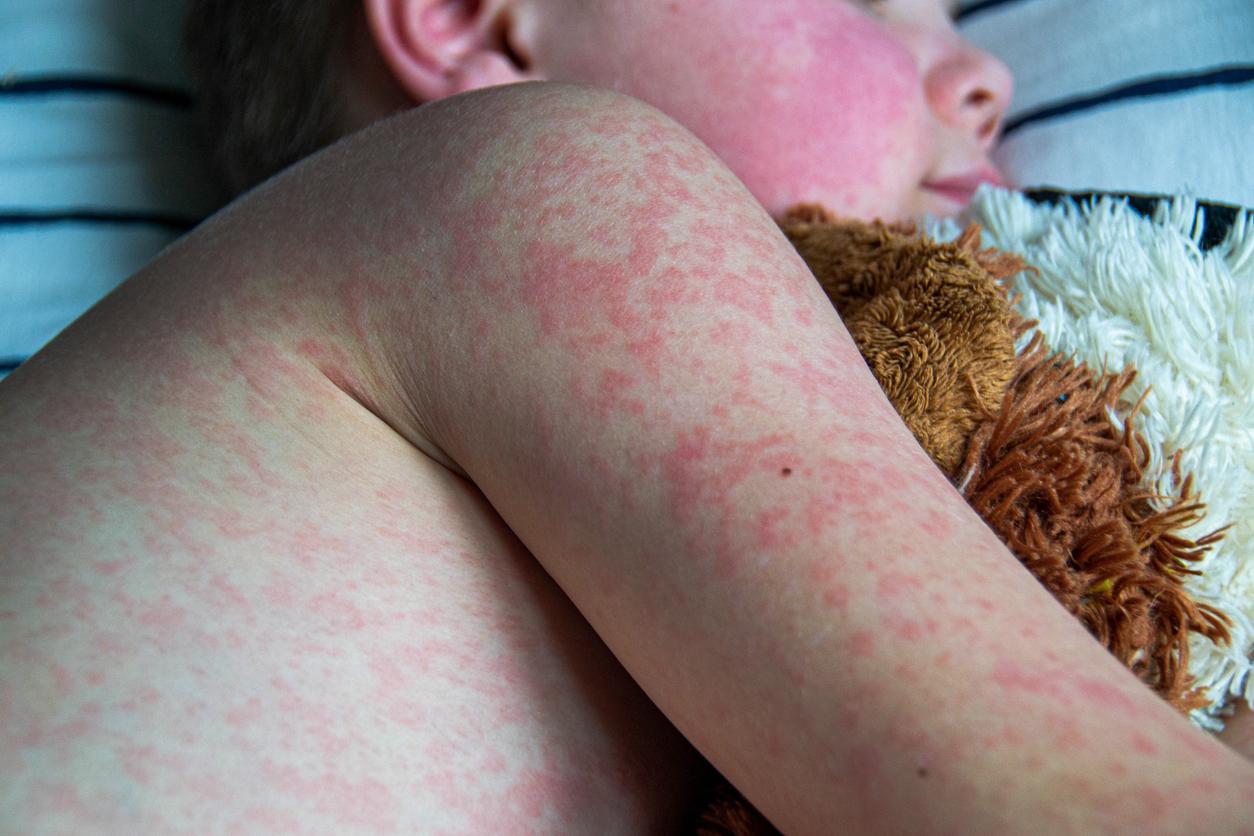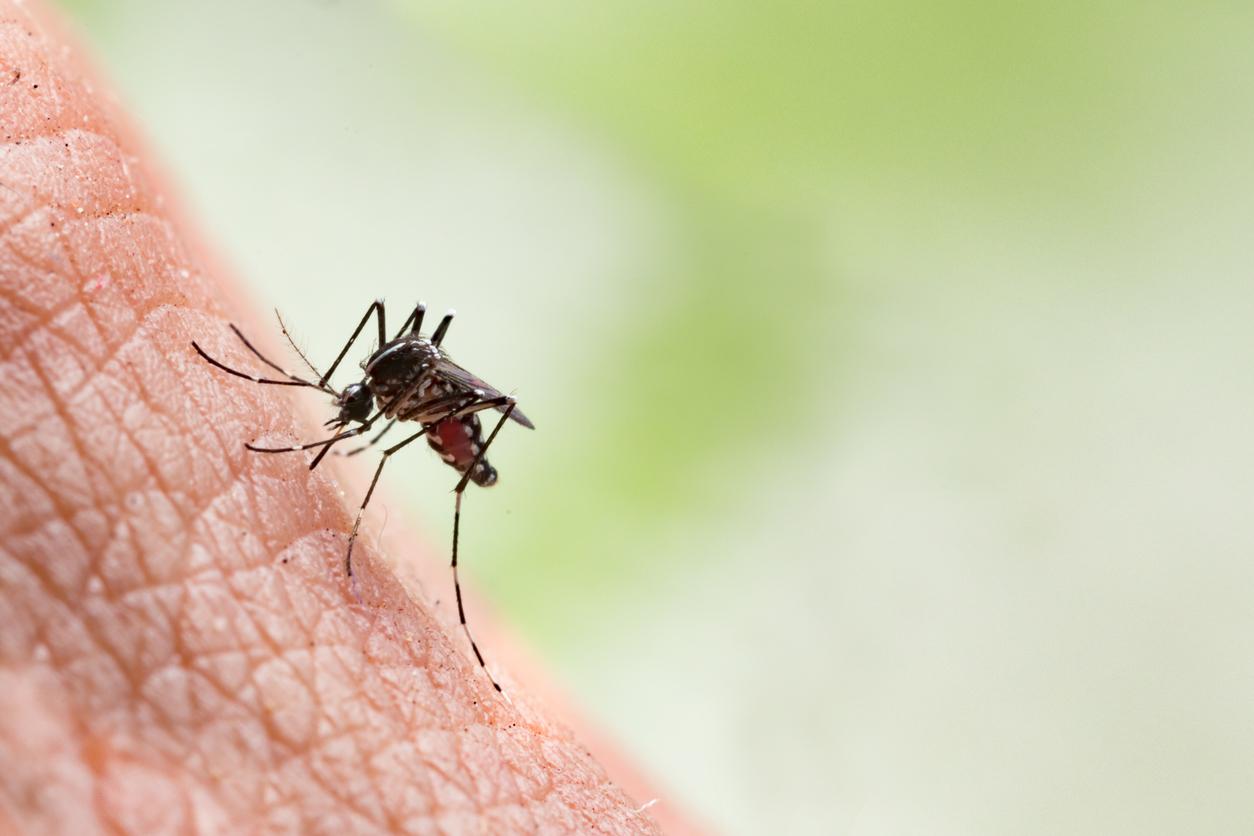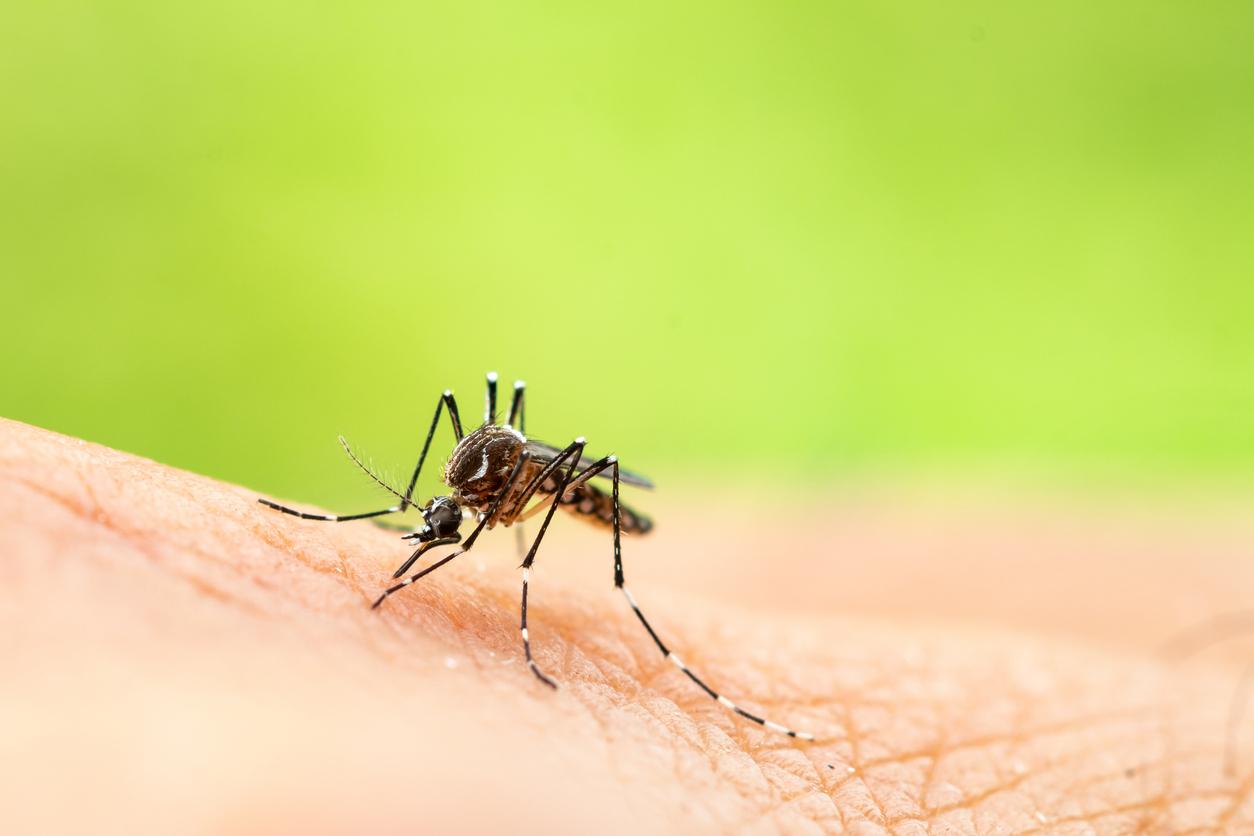According to a latest report from the health authorities, the yellow fever epidemic, which is raging in Angola, has already killed 125 out of 664 suspected cases since the end of December. A figure on the rise.
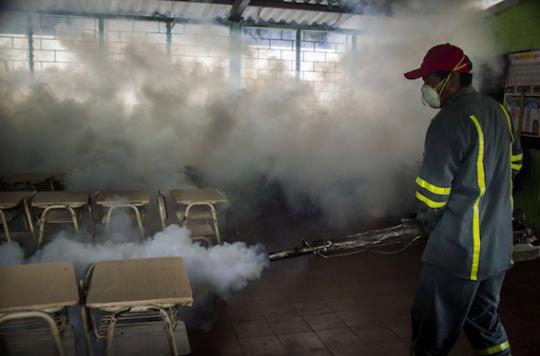
When talking about yellow fever, the term “yellow” refers to the jaundice presented by some patients. An acute viral hemorrhagic disease, transmitted by infected mosquitoes, which is sadly in the news this Sunday.
A yellow fever epidemic currently raging in Angola has in fact killed 125 out of 664 suspected cases since the end of December 2015. A toll on the rise despite the efforts of the authorities, said the Ministry of Health.
The epicenter of the disease remains the capital, Luanda, where 92 deaths are recorded, according to figures provided by the ministry on Friday evening. At the start of the week, the official death toll stood at 99 deaths out of 461 suspected cases.
In comments reported by Agence France Presse (AFP), the national director of public health, Adelaide de Carvalho, explained that a vaccination campaign had been launched in the country, and that “451,000 people have already been immune, out of 1.5 million planned ”.
No specific treatment
As a reminder, there is no specific treatment against yellow fever present in the tropical regions of Africa and Amazonian America. However, it can be combated by vaccination or, failing that, by protecting against mosquito bites. For this reason, the Angolan Minister of Health, Jose Van-Dunem, called on the population to use more Bactivec, a disinfectant for stagnant water.
Importantly, Angola is one of the regions of Africa where vaccination against yellow fever is recommended, although the country has not experienced an epidemic since 1986, according to the Minister of Health.
WHO estimates each year to 130,000 the number of yellow fever cases and to 44,000 the number of deaths due to this disease in endemic African countries, where 90% of cases occur.
Nearly 50% of people seriously affected by yellow fever who are not treated will die of it, deplores the Organization.
In France, vaccination against yellow fever is therefore still considered essential for a stay in an endemic area. Recommended from the age of 9 months for children traveling to a country at risk, the injection should be done at least 10 days before departure for the primary vaccination and its duration of protection is 10 years.
And on this last point precisely, the French recommendations have not always followed those issued by World Health Organization. According to the WHO, the yellow fever vaccination booster administered ten years after the primary vaccination is not necessary. In other words, “a single dose of vaccine is sufficient to confer lifelong immunity against yellow fever”.
Regarding this discrepancy, the Air France International Vaccination Center wrote this Tuesday that “following the new cases of yellow fever detected in Angola, the authorities ask travelers to be provided with a certificate of international vaccinations less than 10 years old “.
.







